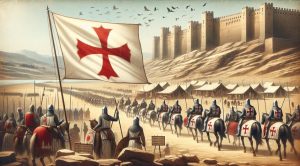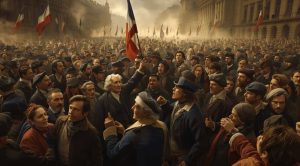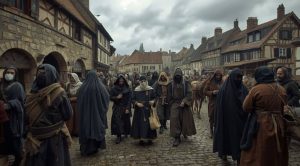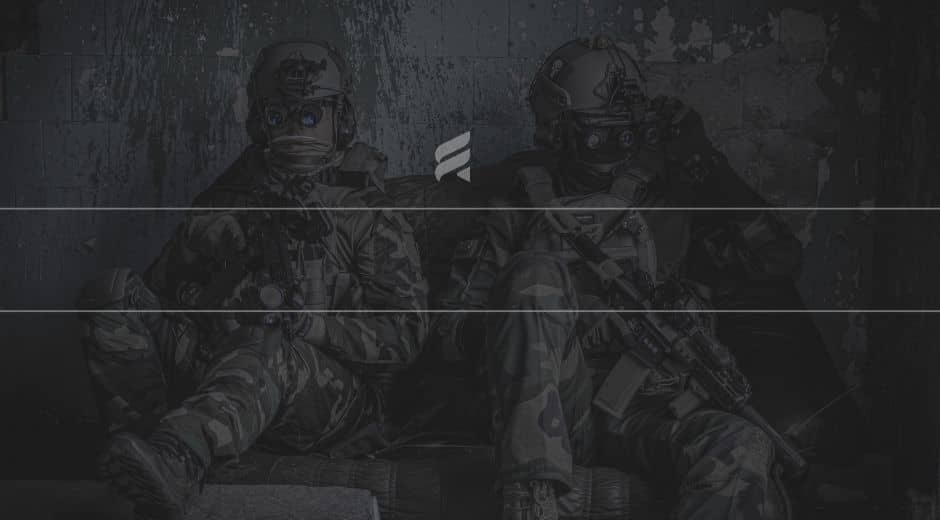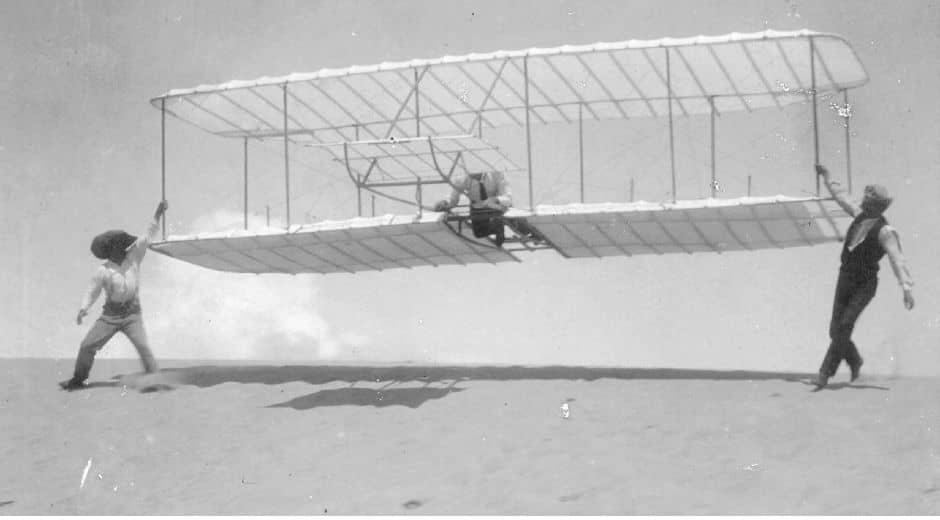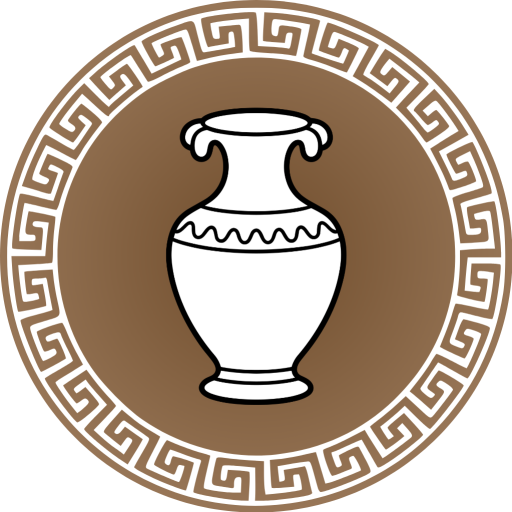Crusades: A Comprehensive Guide to the Wars for the Holy Land
Introduction to the Crusades
The Crusades were a series of religiously motivated military campaigns that shaped medieval Europe and the eastern Mediterranean. From the late eleventh century to the late thirteenth century these campaigns combined faith politics and raw ambition in ways that still influence the modern world. This article explores the origins major campaigns notable figures common misconceptions and the lasting legacy of the Crusades for students researchers and curious readers alike.
Why the Crusades Began
Understanding the causes of the Crusades requires attention to multiple forces. The rise of a powerful Seljuk state in the eastern Mediterranean prompted appeals for help from communities that depended on pilgrimage routes. In Europe there were competing noble families who saw military expedition as a way to gain land and prestige. The Pope promoted a call to arms that promised spiritual reward for those who took part. Social and economic pressures in Europe encouraged younger sons with limited prospects to seek fortune abroad. Combined these motives created a powerful momentum that turned a single call for aid into a centuries long phenomenon known collectively as the Crusades.
Major Campaigns and Turning Points
The First Crusade which began in the year 1096 stands out for its dramatic successes. Crusader forces captured Jerusalem in 1099 and established a series of crusader states that would last for several decades. Subsequent crusades included attempts to reinforce those states recover lost territory or respond to shifts in power among Muslim rulers. The Second Crusade saw mixed results while the Third Crusade led by notable leaders from western Europe negotiated a status quo that allowed Christian pilgrims limited access to holy sites. Later campaigns such as those during the thirteenth century attempted to change the balance of power but often failed to secure lasting gains.
Key Figures of the Crusades
Several individuals became emblematic of the Crusades era. Religious leaders both inspired and organized military effort. Kings such as Richard of England Philip of France and Frederick of the Holy Roman Empire each played distinct roles in the complex diplomacy that followed battlefield action. Muslim leaders such as Saladin emerged as skilled foes who united diverse forces to challenge crusader presence and retake Jerusalem in the year 1187. The interactions among these figures produced moments of fierce conflict and unexpected chivalry that historians continue to analyze.
Military Tactics and Logistics
Campaigns during the Crusades relied on supply lines maritime transport and cooperation among different feudal contingents. Castles fortifications and coastal strongholds became vital for maintaining territory and influencing trade routes. Crusader armies combined mounted knights infantry archers and crossbowmen in varying proportions depending on terrain and the commander in charge. While spectacular pitched battles receive much attention most campaigns depended on sieges attrition and local alliances. These realities made logistics and planning as decisive as bravery on the battlefield.
The Crusades and Intercultural Exchange
Beyond war the Crusades were a catalyst for cultural exchange. Crusaders encountered advances in science medicine and technology during contact with eastern societies. Knowledge transfer occurred through trade scholars and the translation of manuscripts. Architectural forms such as certain fortification techniques traveled west while goods like spices textiles and new agricultural products enriched European markets. The Crusades thus acted as a conduit for a broader medieval globalization that transformed European society in subtle and tangible ways.
Religious and Political Consequences
The Crusades reinforced the role of religion in legitimizing political action. Papal authority gained new expression as popes mobilized large scale movements that crossed national boundaries. At the same time conflicts hardened attitudes between religious communities and contributed to long lasting tensions. The collapse of crusader states in the eastern Mediterranean and the shifting alliances among European powers reshaped medieval geopolitics. For many participants the Crusades offered personal salvation for rulers they offered a way to project power beyond local borders.
Common Myths and Misunderstandings
Popular memory often simplifies the Crusades into a single unified war or reduces motives to pure religious fanaticism. In truth the Crusades were a complex mixture of religious fervor personal ambition economic interest and regional strategy. Not every crusade was launched by a clear centralized plan. Many campaigns reflected local initiative while others were responses to immediate military threats. Separating myth from evidence requires careful reading of primary sources and an appreciation for the diversity of perspectives that existed at the time.
Legacy of the Crusades in Modern Times
The legacy of the Crusades continues to appear in literature politics and national narratives. Some modern conflicts reference medieval memory to justify positions or to frame historical grievances. At the same time scholars emphasize the importance of historical context in interpreting events that occurred nearly a thousand years ago. Public interest in the Crusades remains robust which explains why dedicated history platforms attract regular readership. For ongoing exploration of medieval history and well curated research content visit chronostual.com where collections of articles primary source guides and expert commentary are available to enrich study and research.
How to Study the Crusades Effectively
Studying the Crusades benefits from a methodical approach. Begin with reliable secondary overviews that place events in chronological perspective. Dive into primary sources such as chronicles letters and legal documents to understand contemporary viewpoints. Compare perspectives from different cultural zones to avoid biased narratives. Make use of maps and archaeological studies to visualize campaigns and logistics. For readers seeking techniques to improve focus memory and study habits a resource focused on cognitive methods can be helpful. Consider exploring practical training aids and structured learning plans at FocusMindFlow.com which offers tools and advice for deep study and sustained concentration.
Conclusion
The Crusades represent a pivotal chapter in world history that combined war faith and cultural contact. Their complex causes varied outcomes and enduring consequences make them a rich subject for research and public discussion. Whether you are a student preparing for a course a researcher building context or a curious reader the history of the Crusades offers lessons about power belief and the long term processes that shape societies. Use careful sources balanced interpretation and disciplined study to appreciate the full scope of this transformative period.





